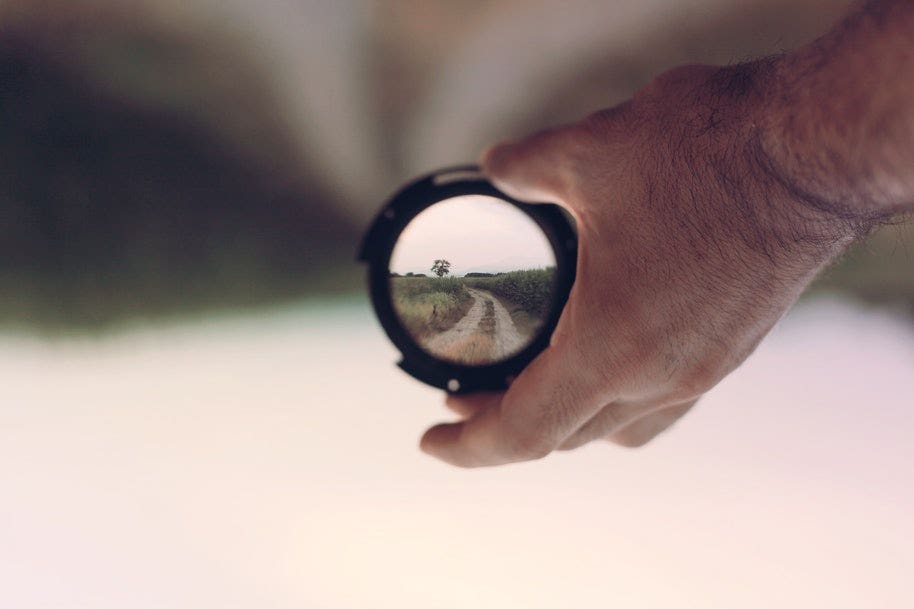
One of the things you’ll quickly want to understand when shopping for a new camera is the type of autofocus system you want to have. There are two main types of autofocus (AF): contrast detection and phase detection autofocus.
Is one better than the other? As is often the case, the answer depends on the type of photography you want to shoot and whether you want to invest in a DSLR or a mirrorless camera. Both contrast and phase detect systems have pros and cons.

Contrast detection AF
As the name suggests, contrast detection autofocus uses the contrast between the edges in your scene to find focus.
Contrast detection AF analyses the contrast on pixels on the camera’s sensor and pushes the lens back and forth until it finds the right focusing point. When contrast is at its highest, the subject is in focus.
Contrast detection is exceptionally accurate, since it analyses every point of contrast, pixel by pixel, on the camera’s sensor. Naturally, that process is a little time-consuming, which means it’s also a slow way of autofocusing.
Phase detection
Phase detection technology separates light entering the camera into two separate beams. When the two parts converge, the image is in focus. When they don’t line up, the system makes precise changes to the focus motor to align the images.
Old SLR cameras used actual pentaprisms to manually focus. But most modern DSLR cameras have a dedicated AF sensor that reads the light entering the lens. Mirrorless cameras don’t have a dedicated autofocus sensor but take readings from the main sensor.
When a camera has 315 phase detection points, such as the Sony RX10 IV, that means there are 315 specific places on the sensor where a split image can be compared.

It’s quite simple for the sensor to know how to correct the focus. When the light rays closer together, the lens is focusing in front of the subject whereas when they are further apart, the lens is focusing behind the subject.
Because the lens can predict rather than hunt for the focus, phase detection is much faster, able to autofocus in a fraction of a second. But the mechanism is also more costly and heavy than contrast detection AF.
A big setback for phase detection AF is that it doesn’t perform well in Live View or movie mode in DSLRs. This is because these modes cause the camera’s mirror to flip up, blocking the light to the autofocus unit. In these cases, DSLRs work the same as mirrorless cameras, taking readings from the main sensor.
Phase detection can also work differently between lenses - or fall out of alignment, which means it may need to be fine-tuned with the camera before use.
So what’s better: contrast vs phase detection autofocus?
Contrast detection autofocus is smaller, less expensive, and more accurate - at least, on still subjects - than phase detection AF.
But it’s also significantly slower. It takes time for a contrast detection system to calibrate, which means it’s not ideal for fast-moving subjects.
So if you intend to keep to portraits, landscape, or still photography, contrast detection AF works best. For sports and wildlife photography, phase detection AF is more suitable, especially in continuous shooting mode.

These days, it’s becoming more common to come across cameras with hybrid autofocus systems, which combine phase and contrast detection focusing. For example, the Sony a6600 combines 425 phase-detection points with 169 contrast-detection points.
Usually, such hybrid AF systems start with phase-detection AF to quickly focus the subject, switching to contrast detection to refine the edges, resulting in the sharpest possible outcome.
Still confused about autofocus?
Still not entirely sure whether you need phase detection or contrast detection autofocus for your particular style of photography?
Visit your nearest store to consult our experts on the best autofocus system for your needs. You can even test the different systems while you’re there.
